Surface for horse riding in recycled rubber
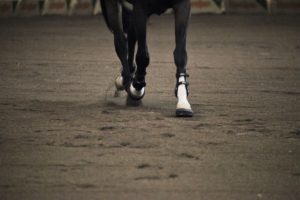 In horse riding centres and stables, an adequate rubber surface for horse riding assures a soft and comfortable support to horses. Moreover, it insulates from wet, hot or cold floors, makes surfaces more even, noticeably improves hygiene in the stables and completely annuls the risk of slipping. In addition to this, the use of the Tyrefield horse riding surfaces allows to noticeably reduce – and, in certain cases, even to completely annul, the costs for bedding materials, such as hay or chips
In horse riding centres and stables, an adequate rubber surface for horse riding assures a soft and comfortable support to horses. Moreover, it insulates from wet, hot or cold floors, makes surfaces more even, noticeably improves hygiene in the stables and completely annuls the risk of slipping. In addition to this, the use of the Tyrefield horse riding surfaces allows to noticeably reduce – and, in certain cases, even to completely annul, the costs for bedding materials, such as hay or chips
However, horses and riders spend the majority of their days in outdoor training fields, which are generally made with sand. During sports practice, sand can release fine dust that may be the cause of the insurgence of respiratory diseases linked to “silicosis”. This respiratory pathology is very common among horses, but it can affect also those horse riders who spend many hours on these surfaces. The trampling of horses’ hooves as well as the constant wearing of sand grains release some micro particles of silica into the air. These may then end up in pulmonary alveoli causing even serious damage.
Rubber recycled from End-of-Life Tyres comes to rescue even in this case. By replacing sand with recycled rubber granules, both wholly or in a sand and rubber mix, dust dispersion in the air is reduced to such an extent that, in certain cases, it is not even necessary to water the outdoor field before starting to work with horses.
The Tyrefield horse riding surfaces in recycled rubber have already been installed, by way of example, at Todi’s Tashunka Horse Riding Centre and Orvieto’s “Happy Horse” Riding Centre. Moreover, in collaboration with Uisp, Ecopneus has expanded its presence at FieraCavalli for some years. Fieracavalli is one of the main international horse riding events. At Fieracavalli, Ecopneus has installed a training field made with recycled rubber. Several activities and competitions have been carried out on this surface, including the Ecopneus-Uisp Trophy.
All the advantages of recycled rubber surfaces for horse riding:
- Long term reduction of animals’ limb injuries
- Non-slip and resistant to the stress caused by animals’ hooves
- Increased animals’ comfort and health, amortising their movements and eliminating the risk of slippery surfaces
- Application on every surface type, even irregular ones, such as grass, soil or sand
- Easy to install and adaptable to every shape and dimension
- Longer duration; wear and weather resistant; lower maintenance or replacement costs
- Hygienic, easy to clean and to insulate from dirty grounds and deposit liquids
- Soundproofing, with a reduction of footfall noise in stables
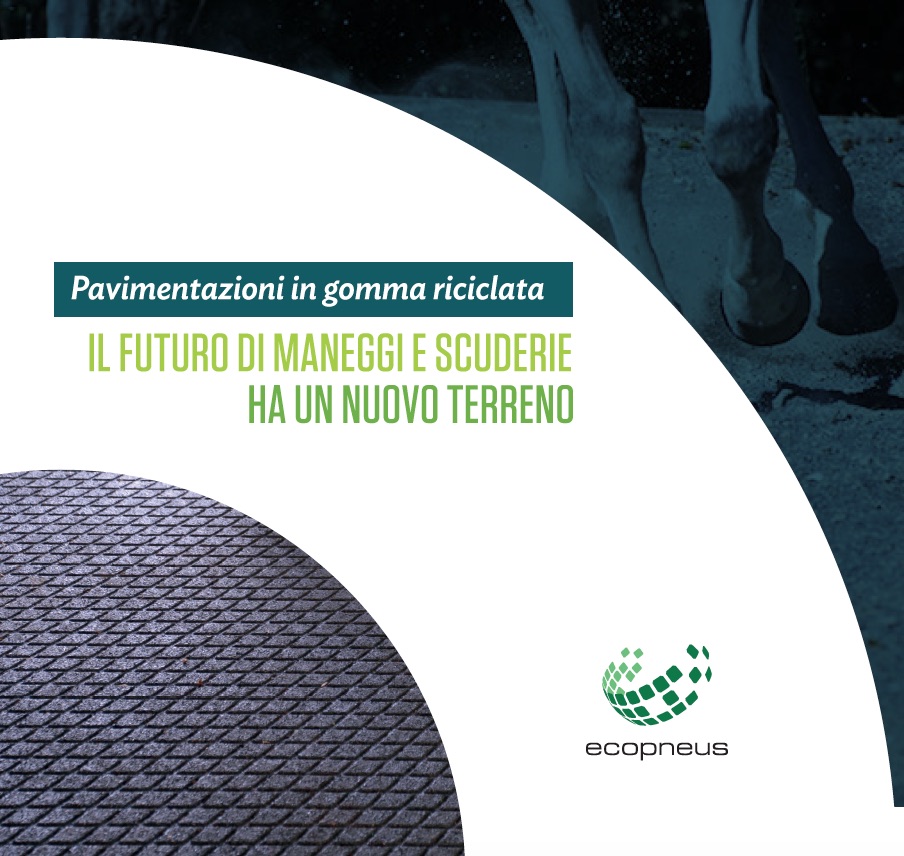
If you would like to find out more about the advantages and characteristics of horse riding surfaces made with rubber recycled from ELTs, download our brochure (in italian): “Recycled rubber floorings: the future of horse riding centres and stables has a new ground“.
Can a mare be allergic to hay? Find out about the story of the mare Juanita and how she recovered thanks to the horse riding surfaces in recycled rubber!
Juanita is a 13-year-old Arabian mare that has an unusual problem, at least for a horse: she is allergic to hay. However, at the Tashunka horse riding centre of the town of Todi they did not lose their heart. They solved Juanita’s problem thanks to the horse riding surfaces in recycled rubber. Indeed, these surfaces not only offer a comfortable surface for the animal, but they also allow to almost completely eliminate the use of bedding materials. This simplifies the cleaning activities in the stables, it cuts costs, and noticeably increases the hygiene and health of the environment, thus making happy both horse riding centre managers and horses like Juanita.
The study of the Department of Veterinary Medicine of the University of Perugia
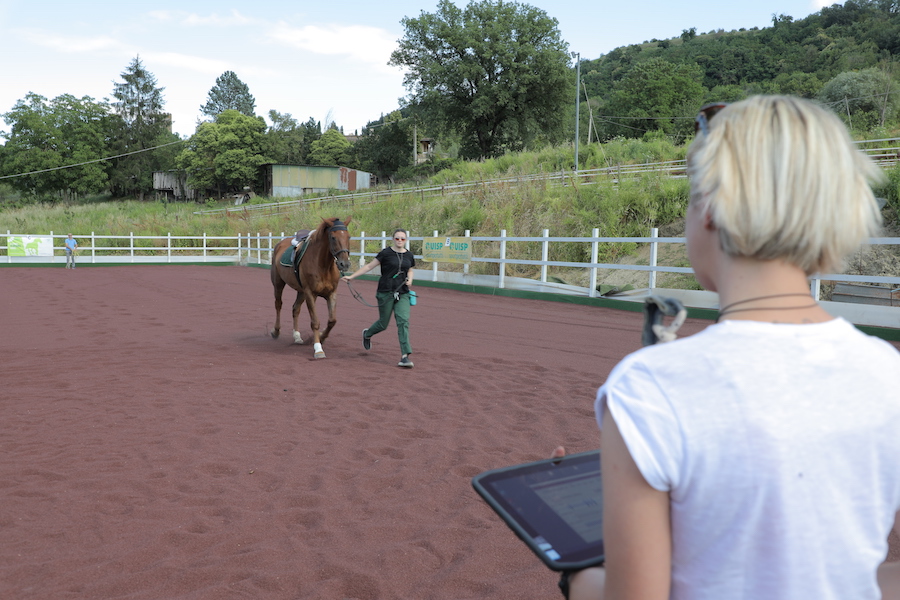 A recent study promoted by Ecopneus and UISP has been carried out by the Department of Veterinary Medicine of the University of Perugia under the coordination of Professor Marco Pepe. This study has confirmed how horse riding surfaces made with recycled rubber are excellent training and relaxation surfaces and match the best sand fields, at least for what concerns dressage and flat gaits. Moreover, they allow good use comfort both for horses and their riders.
A recent study promoted by Ecopneus and UISP has been carried out by the Department of Veterinary Medicine of the University of Perugia under the coordination of Professor Marco Pepe. This study has confirmed how horse riding surfaces made with recycled rubber are excellent training and relaxation surfaces and match the best sand fields, at least for what concerns dressage and flat gaits. Moreover, they allow good use comfort both for horses and their riders.
The research was presented during FieraCavalli 2018. In the last 30 years, indeed, the horse riding sector has seen the introduction of important improvements with reference to the various surfaces used as training or competition fields, both for show jumping and dressage. The sector went from grass surfaces that were often irregular and of different compactness, to sand surfaces that are softer and apparently more comfortable and performing in several weather conditions. For some years, Ecopneus and UISP have been working on the development of an optimal horse riding surface completely made with rubber recycled from ELTs. As of today, the advantages are many. From a financial point of view, this type of field lasts for longer than natural grass surfaces and does not require irrigation costs as well as phytosanitary treatments. Recycled rubber allows to avoid using other, more expensive materials. At the same time, a valid material derived from a product that has reached its end of life can be used. Finally, rubber granules increase horses’ and riders’ wellbeing and facilitate rain drainage.
Study and methodologies
The study of the University of Perugia was carried out at Orvieto’s “Happy Horse” Riding Centre where a riding surface was created (here below: “PFU1”). The PFU1 was composed of a layer of recycled rubber tiles and one of recycled rubber granules. The latter was then modified with the addition of a layer of synthetic turf (the: “PFU2”). An Equinosis Q with Lameness Locator was used in the pilot study. This is a digital system that allows the veterinary doctor to objectively measure the horse’s gaits in real time by the means of non-invasive inertial sensors.
The Equinosis Q with Lameness Locator has evolved from the development of algorithms that analyse movement by using a high-speed video camera and a system based on a treadmill. Many experts of the sector consider it a “gold standard”, objective measurement instrument for the in-field evaluation of the irregularities of horses’ gaits. 14 horses aged 8-32 (average age of 16) were included in the study. Each one of them was subject to a clinical visit to evaluate their health conditions and fitness.
Following their clinical visit, the horses were divided in 2 groups: the “fit to compete” (9 horses) and the “non-fit to compete or lame” (5 horses). Once the horses were assigned to one of the two categories, the researchers went ahead with the objective analysis of trot using the l’Equinosis® Q with Lameness Locator. First they analysed the trot in a straight line, then longeing, and, finally, ridden on 3 different surfaces: sand, PFU1 and PFU2.
The results of the study
From this preliminary study, it is possible to evince that horse riding surfaces made with recycled rubber can be considered similar to sand – currently considered the best surface. Horses’ performance is similar, with small differences in lame horses. Moreover, rubber granules allow good use comfort and are excellent training and relaxation surfaces at least for flat gaits and dressage. The amortising properties and the elasticity of the surface are to be further studied, as it is supposed that they may also guarantee an improvement in the prevention of tendon, ligament, and articular pathologies.
Can a mare be allergic to hay? Find out about Juanita’s story, the mare who was healed thanks to the horse riding surfaces made with recycled rubber
Juanita is a 13-year-old Arabian horse. She has an unusual problem – at least for a horse: she is allergic to hay. However, the people at Todi’s Tashunka horse riding centre did not give up and fixed Juanita’s problem thanks to some horse riding surfaces made with recycled rubber. Indeed, these surfaces are comfortable for animals and they also allow to almost completely eliminate the use of bedding materials, making the cleaning of stables much easier. Moreover, they reduce costs and noticeably increase hygiene and the health of the stables, making both horse riding centre managers and horses like Juanita happy.

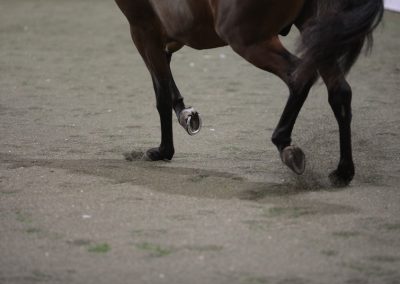
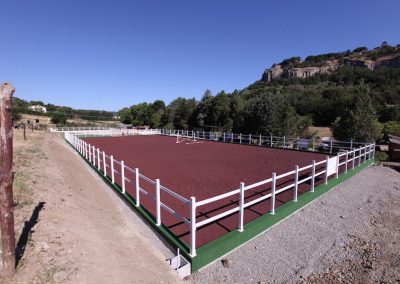
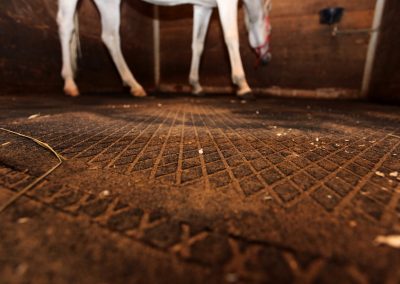
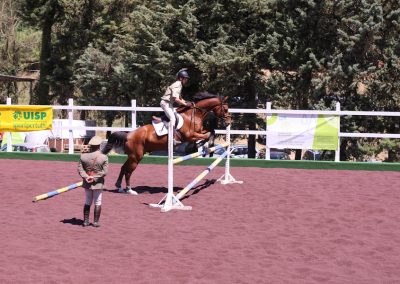
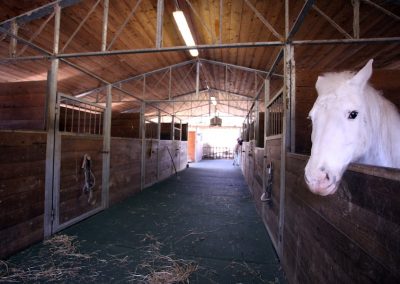
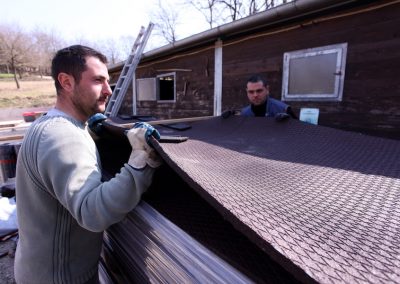
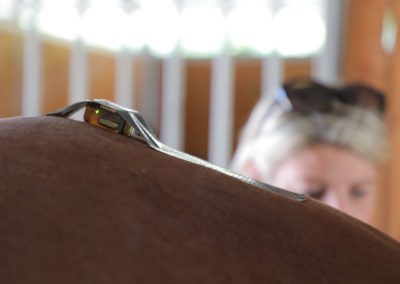
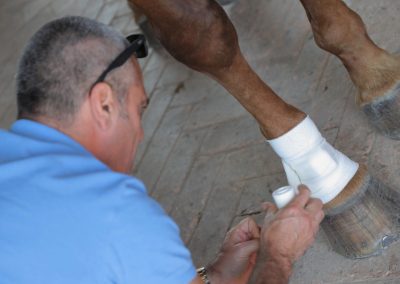
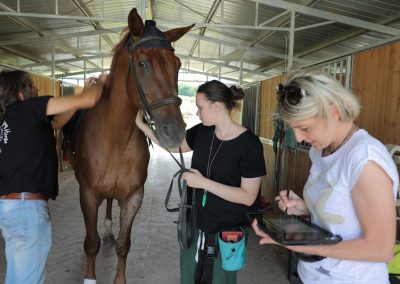
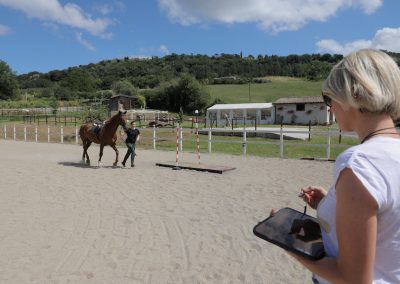
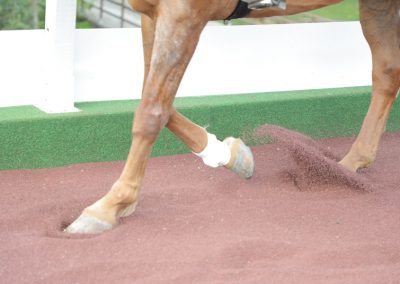
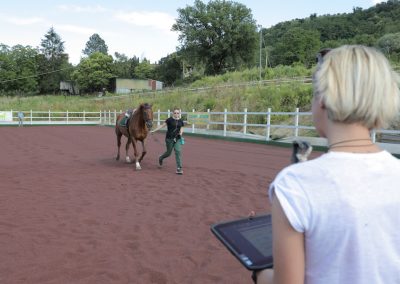
 Collect ELT
Collect ELT